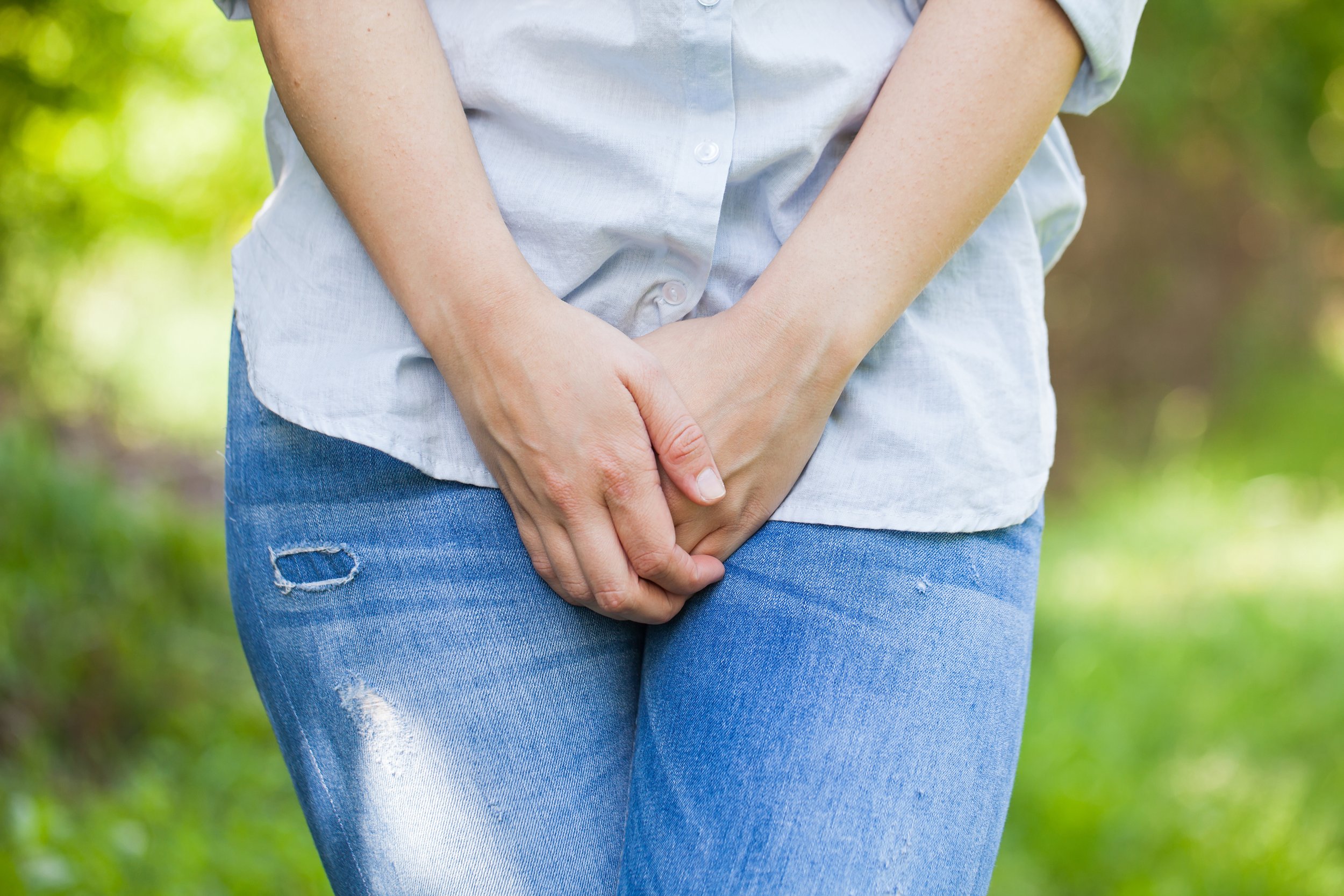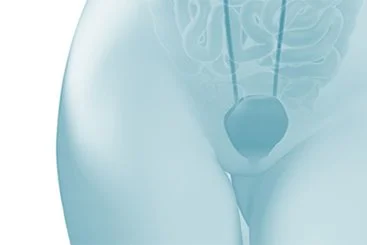
Bladder & Urinary Tract
SYMPTOMS INCLUDE:
Increased bladder urgency and frequency
Burning with urination
Recurrent urinary tract infections.
Bladder & Urinary Tract
With the decline of estrogen levels during the transition to menopause, the urogenital tract including the bladder, vulva and vagina can be dramatically impacted with the thinning of these tissues.
The consequences include bladder symptoms like urgency, frequency of urination, recurrent bladder infections, as well as vulvar burning, vaginal dryness and painful intercourse.
Two main urinary incontinence disorders include stress urinary incontinence and urge incontinence (overactive bladder). Stress incontinence results in involuntary loss of urine due to an increase in intra-abdominal pressure such as coughing, sneezing, exercise, or laughing. Urge incontinence occurs when you have a sudden urge to urinate and cannot hold the urine in, causing leakage.
Unlike other issues related to menopause, this set of symptoms tend to be chronic and progressive without intervention.
Treatment of Bladder & Urinary Tract Issues:
Since the cause of urogenital tract symptoms are often a hormonal condition, replacement of these hormones can be of benefit for some woman.
Additionally, new urogenital (vaginal and bladder) restoration treatments are now available and are very effective in rejuvenating these tissues.
Symptoms can be reversed or greatly diminished using CO2 fractional laser therapy (MonaLisa Touch®)
Photo-biomodulation therapy (vSculpt Pro®) is another effective option for treating these symptoms.
Micro-current point stimulation therapy can also be utilized to effectively relieve pelvic pain.


